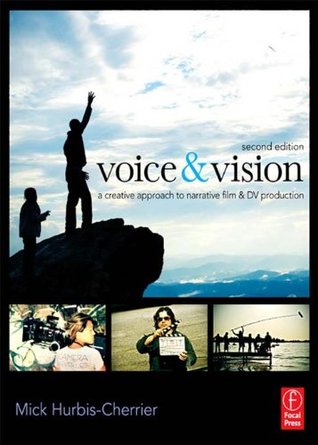Kindle Notes & Highlights
Started reading
March 9, 2019
One common mistake early screenwriters make is to overwrite
dialogue.
Converting feelings, intentions, and character traits into actions
and behavior is at the heart
of screen drama and is essential to establishing an indelible unders...
This highlight has been truncated due to consecutive passage length restrictions.
■Write with precision.
Lecter is a great example of the tension you can create with the dissonance between character and voice.
Audience involvement is diminished when characters discuss the conflict, their motivations, or thematic points in direct or expository ways.
Believable and engaging characters inhabit, act, and react within the
world of the film and the events that swirl around them.
visual details like locations, clothes, and objects can reveal an enormous amount about the specific dramatic situation and context.
Again, the “show me don’t tell me” principle does not mean “don’t use dialogue”; it means reveal the story to me
through behavior and not by explaining it to me.
contextualize each individual image to create meaning that is greater than the sum of its parts.
without even seeing the man’s face, we already know that this is a wrestler who had a glittering career but is now an old has-been.
(although Alfred Hitchcock very nearly did just that on most of his films),
This is a simple yet powerful way to create a sense of deep space.
Zvyagintsev’s The Return
Coppola’s Tetro
Notice how the elimination of looking room further accentuates his sense of unease.
An eye-level shot can encourage a connection with a subject, while extreme high or low angles tend to be more emotionally remote, but they can make for very dynamic frames.
Looking directly at a subject’s face (frontal and three-quarter frontal) is an intimate perspective and can elicit strong engagement; a profile shot is a somewhat neutral point of view, and hiding the face by shooting from behind can create a sense of distance,
remoteness, or mystery.
The Son (2002),
Through this camera angle, the Dardenne brothers and director of photography Alain Marcoen build enormous tension and suspense by frustrating our need to see what emotions are playing across Olivier’s face.
For example, by scanning the room between the man and the window, we can see that he is completely alone.
Gus Van Sant’s film Elephant (2003)
Coen’s Raising Arizona


